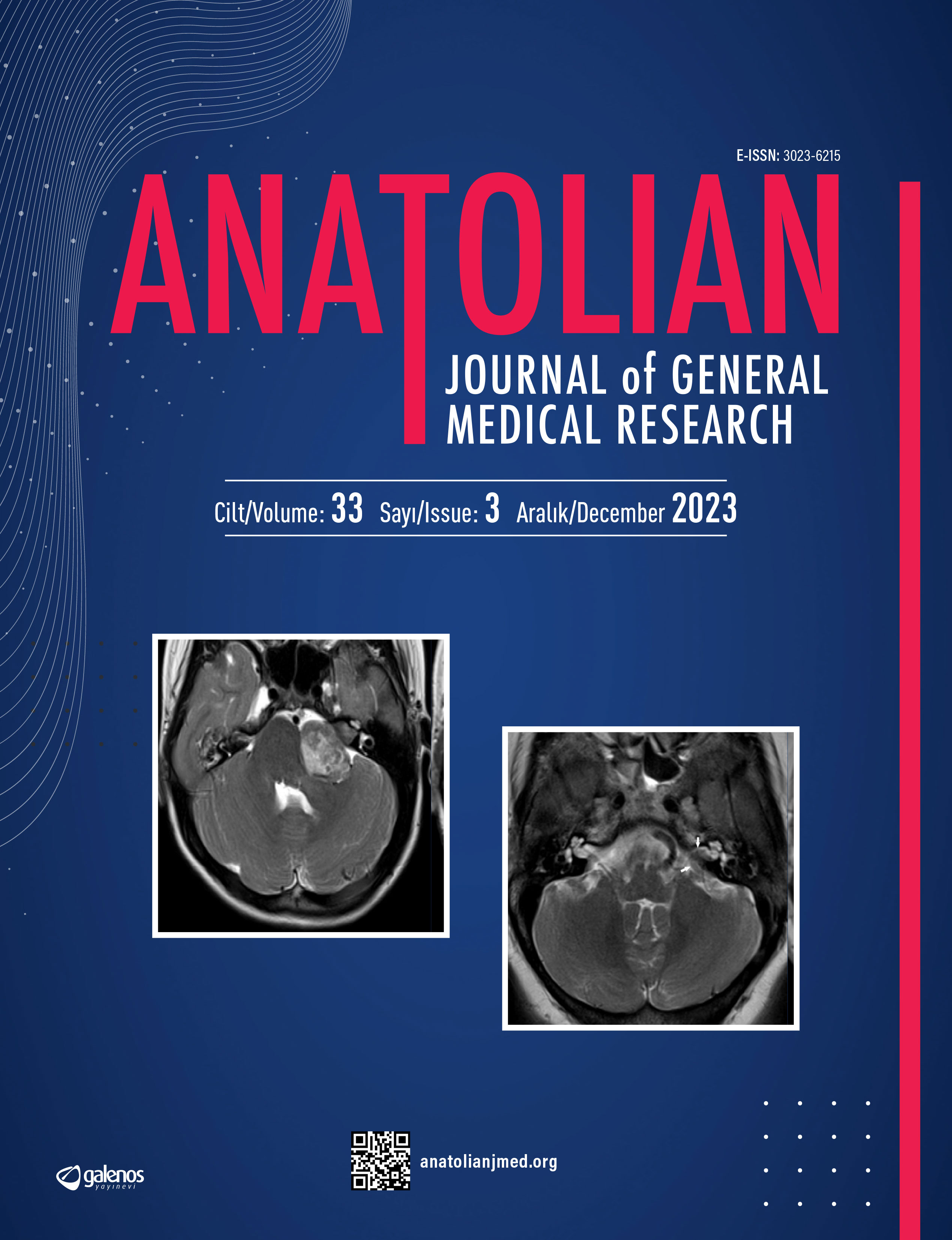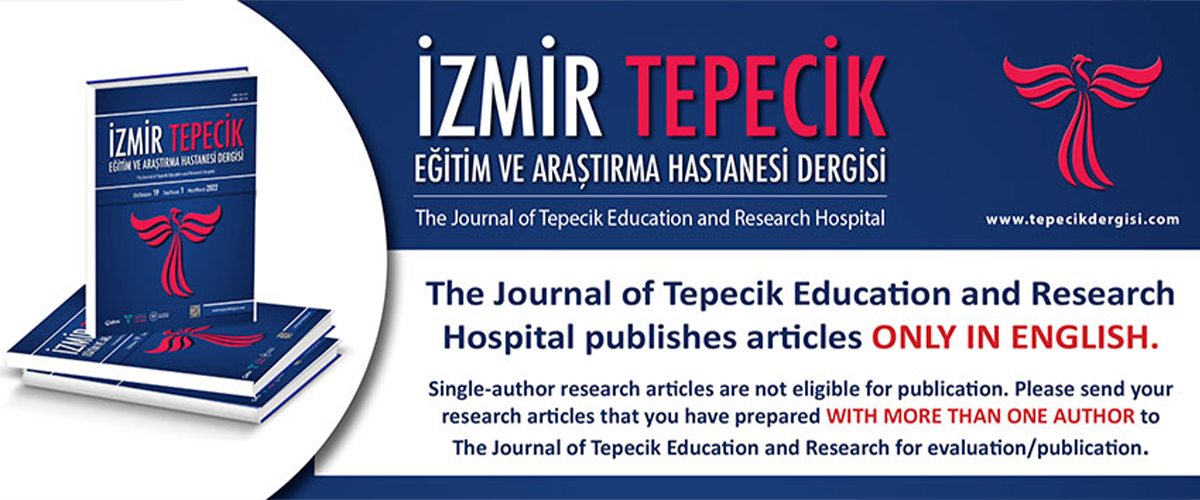








Histopathological and Immunohistochemical Parameters (TGF-β1, FSP1-S100A4, α-Straight Muscle Actin, Collagen Type 1 and E-Cadherin) Conclusion of the Fibrogenesis Process in Chronic Liver Disease
Tuğba Karadeniz1, Semin Ayhan2, Ali Rıza Kandiloğlu2, Aydın İşisağ21University of Health Sciences Turkey, İzmir Tepecik Education and Reseach Hospital, Clinic of Pathology, İzmir, Turkey2Manisa Celal Bayar University Faculty of Medicine, Department of Pathology, Manisa, Turkey
Objective: In any toxic or inflammatory damage to the liver, the function of transforming growth factor-beta (TGF-ß), a fibrogenic cytokine, is to secrete collagen type 1 through hepatic stellate cells (HSCs) and to ensure the restructuring of extracellular matrix. Recently, it has been thought that not only HSCs but also epithelial to mesenchymal transition (EMT)-showing cells secrete extracellular matrix proteins in the pathogenesis of fibrosis. The aim of this study was to show the relationship of activated HSCs and TGF-ß, with the changing stages of fibrosis and the presence of epithelial mesenchymal-transforming cells.
Methods: A total of 70 liver needle biopsy materials, including chronic viral hepatitis with different fibrosis scores evaluated in our department, and 20 control biopsies have been submitted to immunohistochemical (IHC) staining with IHC markers TGF-ß1, FSP1/S100A4, alpha (α)-smooth muscle actin, collagen-type 1, and E-cadherin.
Results: With an increased degree of fibrosis and inflammation TGF-β1, FSP1/S100A4, α-smooth muscle actin and E-cadherin and collagen type 1 expression have increased. This finding suggests that these molecules play a role in the process of fibrogenesis. A positive correlation was found between the expression of TGF-β1, α-smooth muscle actin, and E-cadherin, and collagen-type 1 relative to hepatitis B in chronic hepatitis cases, especially those associated with hepatitis C. It has been concluded that FSP1/S100A4 is not specific because it also marks other inflammatory cells besides fibroblasts. Hepatocytes, which show epithelial and mesenchymal transition, were detected in the liver by the dual IHC staining method.
Conclusion: Our findings support the idea that a mechanism of fibrogenesis in the liver occurs due to an increase in α-smooth muscle actin via fibrogenicacting TGF-ß. Additionally, although only one study on IHC is not enough, the appearance of hepatocytes showing EMT suggests that this mechanism also contributes to the development of fibrosis.
Corresponding Author: Tuğba Karadeniz, Türkiye
Manuscript Language: English
(391 downloaded)




